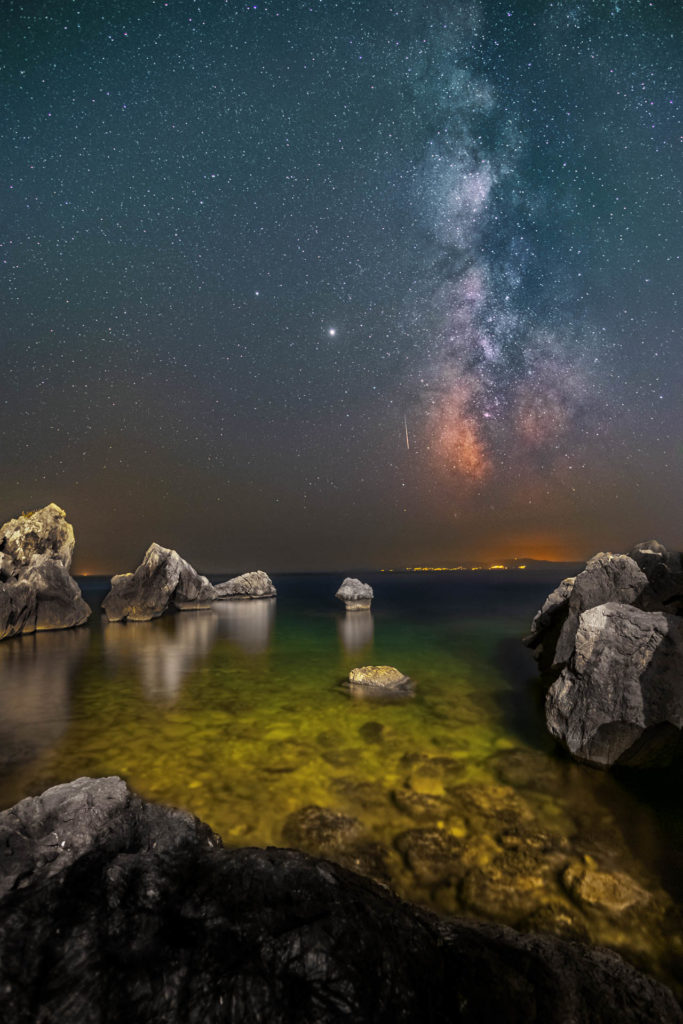How to Photograph the Perseids Meteor Shower in August 2023

The Perseids meteor shower is one of the most popular meteor showers of the year, and for good reason. It’s known for its bright meteors and high rates, with up to 100 meteors per hour possible during the peak. If you’re looking to capture some amazing photos of the Perseids, here are a few tips:
Plan ahead. The Perseids are active from July 17 to August 24, but the peak is on August 12 and 13. This is the best time to see the most meteors, so plan your shoot accordingly. The new moon is on August 16 so the sky will be very dark.
Find a dark location. The darker the sky, the better you’ll be able to see the meteors. If you can, head to a rural area with little light pollution.
Give your eyes time to adjust. Once you’re in a dark location, give your eyes at least 15 minutes to adjust to the darkness. This will help you see the fainter meteors. A headlight with red light will help you not to lose your night vision while setting up your camera.
Use a tripod. You want your camera steady for the long exposures you are going to take.

Use a wide-angle lens. You’ll want to use a wide-angle lens to capture as much of the sky as possible. A focal length of 10-24mm is ideal.
Set your camera to manual mode. This will give you more control over your settings. You’ll want to set your ISO to a high setting, such as 1600 or 3200, to ensure that you can capture the faint meteors. You’ll also want to set your shutter speed to a slow setting, such as 20-30 seconds, to allow enough light in. Find the maximum shutter speed which doesn’t create star trails. You want the stars to be pin sharp!
Use a remote shutter release. This way you will be able to avoid camera shake and take sequential photographs.
Be patient. It may take some time before you see a meteor, but be patient and keep looking up. The Perseids are a spectacular sight, and you’re sure to be rewarded for your patience.
Have fun! Photographing the Perseids is a great way to experience the beauty of the night sky.
I hope these tips help you capture some amazing photos of the Perseid meteor shower in August 2023!
Here are a few photos of the Perseid meteor shower I have captured in the past if you want to have a look!








